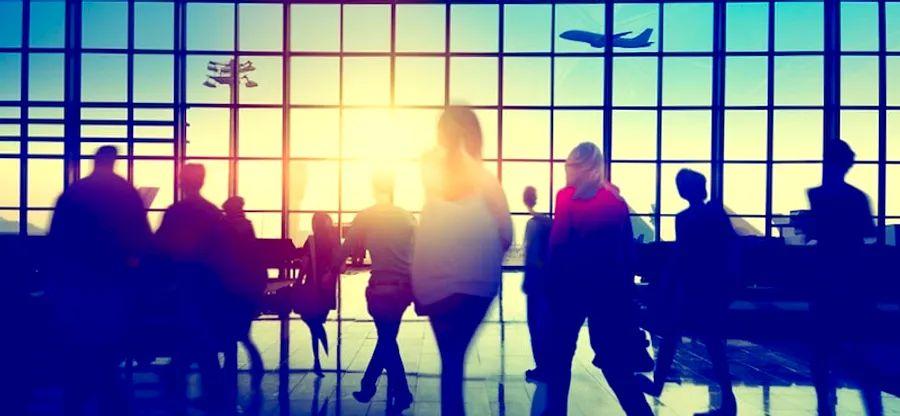The US has enacted stricter testing requirements for air travelers: Here are 5 key points to be aware of


While the White House refrained from implementing the most severe measures considered just last week, it has mandated that all incoming air travelers to the U.S. must now provide a negative COVID-19 test taken within one day of their departure, marking the strictest domestic COVID-19 protocols to date (aside from outright bans).
Here are answers to some of the crucial questions currently being raised regarding the new rules for international travel.
1. What is the updated testing requirement?
Starting this week, all travelers entering the U.S. who are over the age of 2, regardless of their vaccination status, must present the results of a negative COVID-19 test taken within one day of departure, reducing the previous entry requirement that allowed vaccinated travelers to test within three days before visiting the U.S.
This testing requirement is applicable to all travelers aged 2 and older who wish to enter the country, including U.S. citizens.
2. What type of test is acceptable for entry into the U.S.?
Starting December 6, all travelers arriving in the U.S. from abroad must present results of a negative viral COVID-19 test—either an antigen test or a nucleic acid amplification test, according to the U.S. Centers for Disease Control and Prevention.
Travelers are responsible for providing their negative test results to the airline before boarding their flight and/or during check-in. Several airlines, such as American Airlines and British Airways, are utilizing apps like VeriFly to enable travelers to upload their digital test results. There are also digital vaccine passports available, including one from Clear, which allows you to upload both negative test results and vaccination records for travel.
At-home tests are currently permissible for travel to the U.S., including CDC-approved at-home tests such as Abbott's BinaxNow COVID-19 Home Test, Ellume's COVID-19 Home Test, and Qured. These tests enable you to conduct testing from the comfort of your own home. However, be aware that Abbott also offers a test that is not approved for travel, so ensure you are using the correct version before testing.
3. Are there any exceptions?
According to the CDC, only individuals who have recovered from COVID-19 within the last 90 days can enter the U.S. without a test by providing evidence of a positive COVID-19 test along with documentation from a licensed healthcare provider or public health official authorizing travel.
4. Does 'within 1 day' of departure refer to 24 hours?
The one-day testing requirement allows travelers to take their test any time during the day before their flight to the U.S.
"For instance, if your flight is scheduled for 1 PM on a Friday, you could present a negative test taken any time on the preceding Thursday," says the CDC.
The test must be authorized for use in the country where it is conducted. You can find CDC guidelines for self-tests or at-home tests here.
5. Does this new regulation impact travelers entering the U.S. by land or sea?
At this time, this new mandate is applicable only to individuals entering the U.S. via air travel. Currently, no testing is required for entry by car from Canada or Mexico, and the new testing rule does not affect passengers boarding or disembarking from cruise ships at U.S. ports.
In summary
A rule mandating a COVID-19 test taken within one day of departure to the U.S. is expected to stay in effect as new variants of the coronavirus continue to emerge.
To make sure you can obtain test results within one day of your flight to the U.S., it's wise to plan ahead and check out all available testing options, including numerous hotels and airports offering rapid testing, alongside the previously mentioned at-home tests.
Entry requirements have often changed unexpectedly, so be sure to visit the CDC's website for the latest COVID-19 travel information.
Evaluation :
5/5



